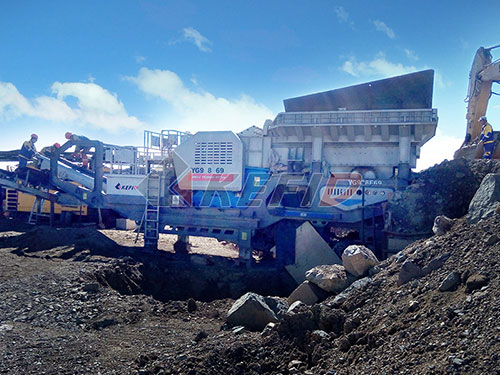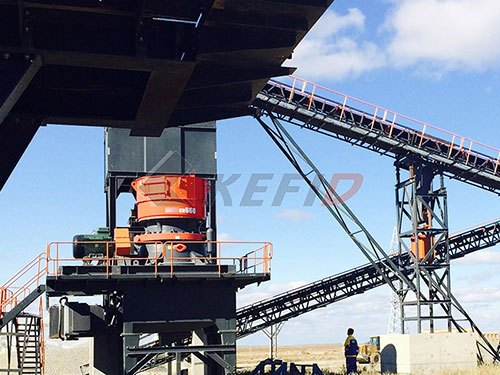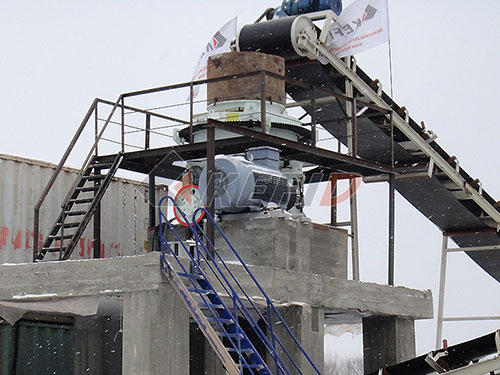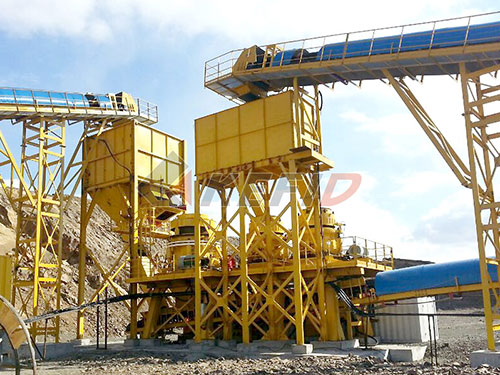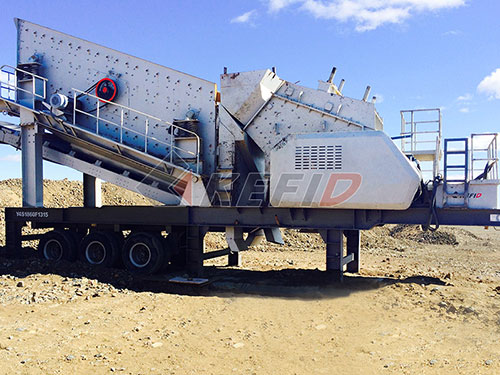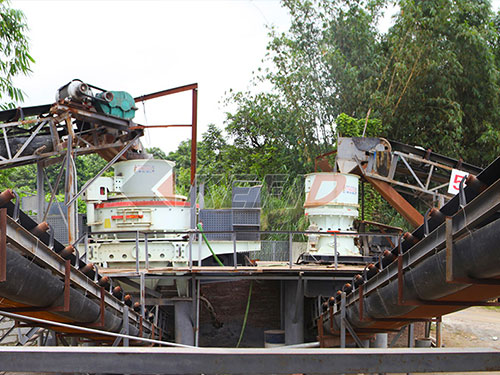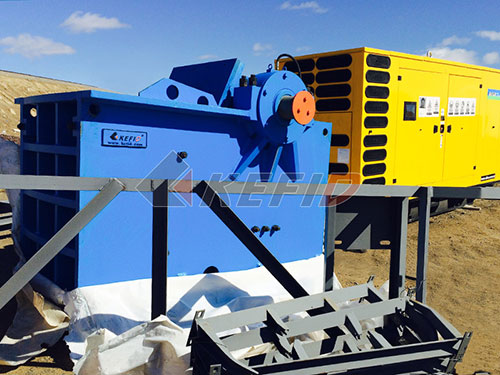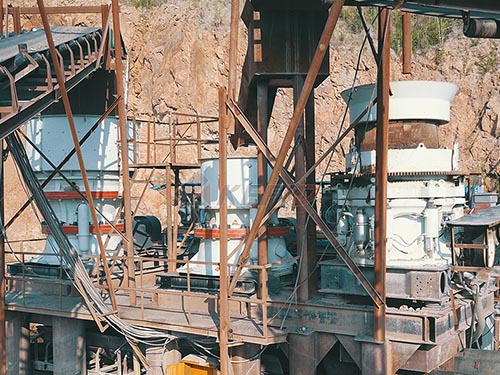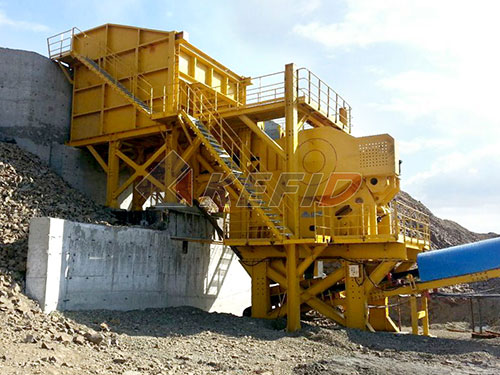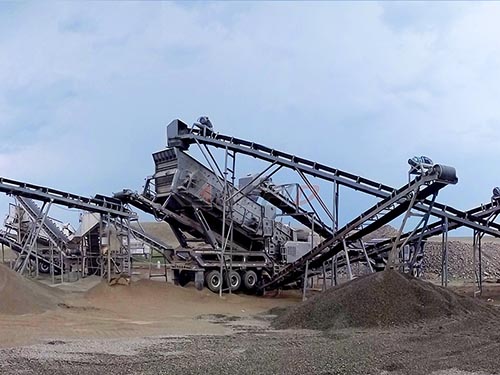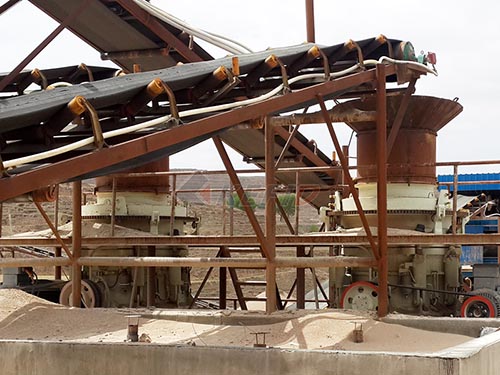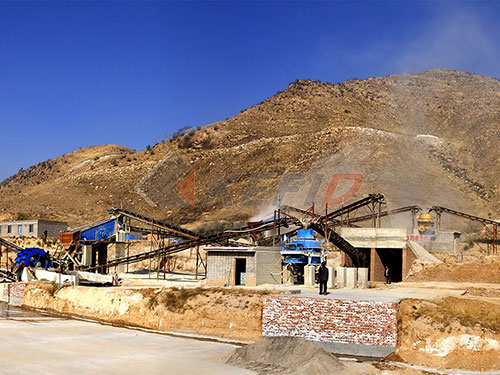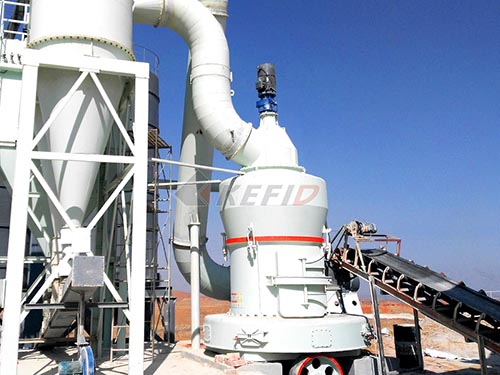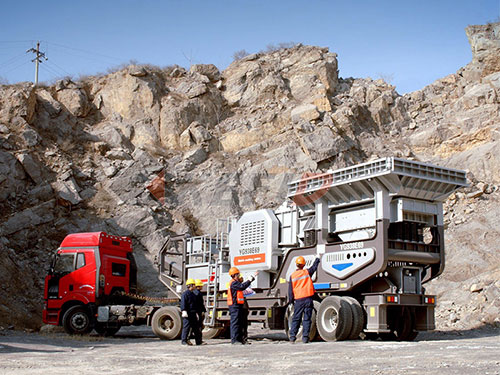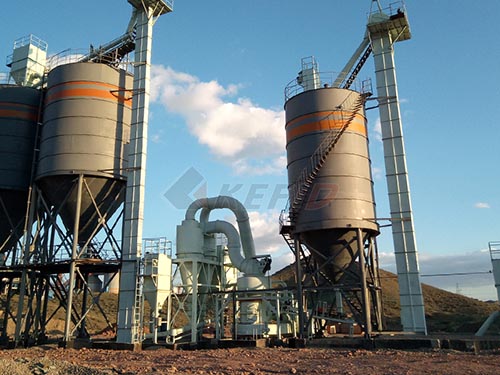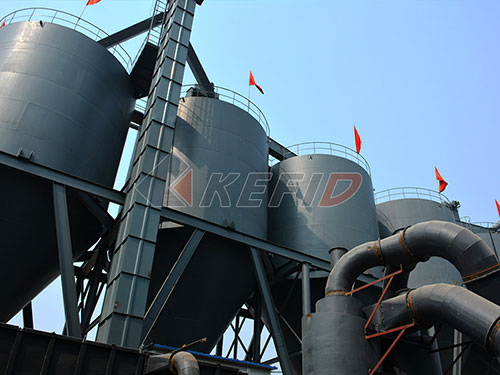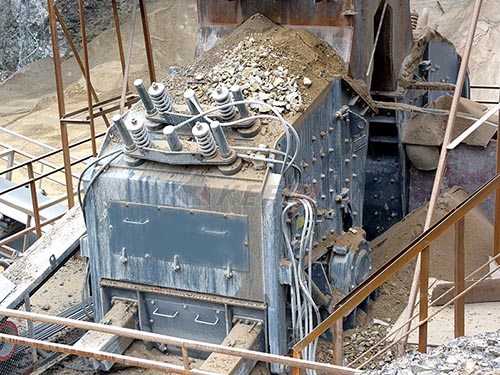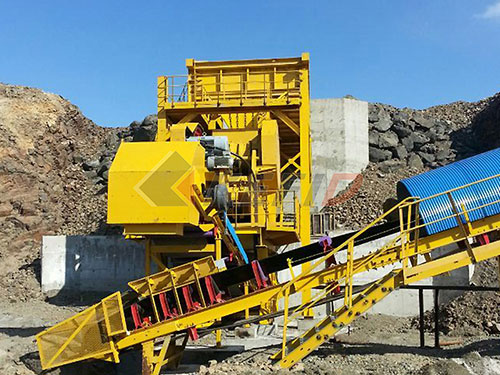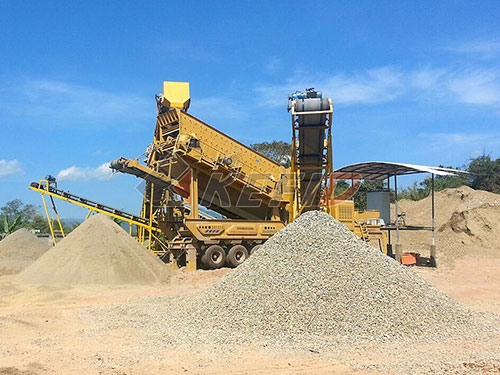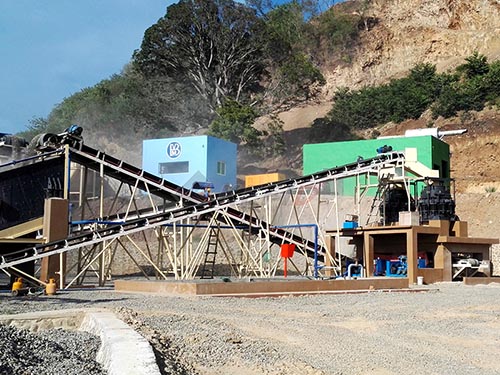Demystifying Skull Crushers Equipment Prices in Chile: Your Comprehensive Guide to Triceps Investment
Skull crushers – the name alone evokes intensity! This highly effective isolation exercise targets the triceps brachii muscles like few others can, crucial for building arm size and pushing strength that translates to bench presses and overhead movements alike. For Chilean fitness enthusiasts looking to incorporate this powerhouse move into their home gyms or training routines safely and effectively, understanding the equipment landscape and associated costs is vital.
Navigating the Chilean fitness equipment market reveals a dynamic range of options for skull crushers gear, influenced heavily by brand origin (local vs. imported), material quality, features like adjustability and padding comfort, purchasing channels (online giants vs specialty stores), and inevitably – import duties and taxes that impact final pricing significantly.
The Core Equipment & Its Price Spectrum
Skull crushers require minimal but specific equipment:
1. A Bench: Flat benches are standard; adjustable incline/decline benches offer versatility but increase cost.
2. A Barbell or Dumbbells: EZ curl bars are often preferred due to wrist comfort; straight barbells work; dumbbells allow unilateral training.
3. Weight Plates: To load the barbell appropriately.
Let’s break down typical price ranges you’ll encounter in Chile across different quality tiers:
Budget Tier (Entry-Level / Basic Functionality):
Flat Benches: Thin padding (<50mm), basic steel frame construction.
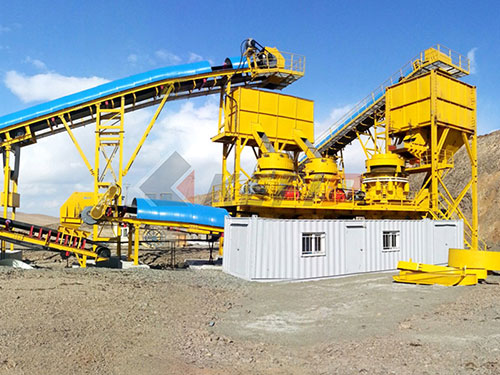
Price Range: CLP 80,000 – CLP 180,000 ($90 – $200 USD approx.)
Examples: Generic brands found on MercadoLibre.cl or department stores like Paris/Falabella house brands during sales.
EZ Curl Bars / Short Straight Bars: Basic chrome finish on lower-grade steel; knurling may be minimal or uncomfortable; sleeve rotation often poor.
Price Range: CLP 25,000 – CLP 60,000 ($28 – $67 USD approx.)
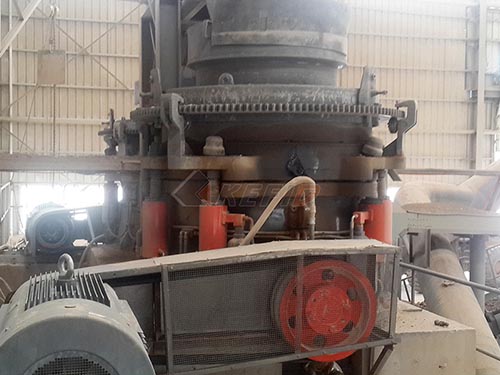
Cast Iron Weight Plates: Standard cast iron plates without calibration guarantees.
(Per kg) CLP 1,500 – CLP 3,500 ($1.70 – $4 USD approx.) per kg – Bundles are cheaper per kg.
Total Budget Setup Estimate: ~CLP 120,000 – CLP 300,000+ ($135
